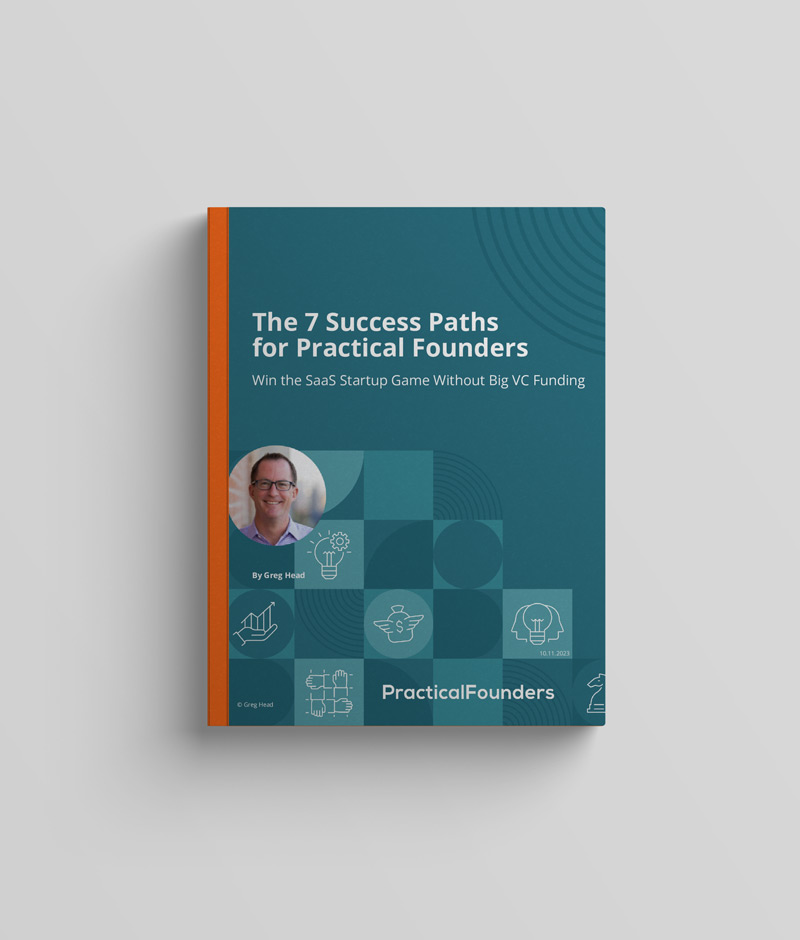In the last couple of weeks, I have talked to a dozen startup founders who are stuck between the ideation/starting/MVP stage and the early customers/revenue/growth phase.
This is the dreaded Traction Gap. Early-stage investors now tell you to “come back when you have more traction with customers and revenue.”
Your savings are running out and your friendly angels stopped investing.
It feels like being between trapezes without a net.
It’s predictably harder than most founders expect to get from the excitement of building an MVP to having a first batch of happy customers and “almost steady” revenue growth.
Most don’t make it across the traction gap.
Which is why experienced investors wait in the other side for you to get some credible traction and momentum.
Most startups with big hopes, cool products, and great pitch decks don’t make it to $25K MRR and dozens of business customers.
Most consumer app startups don’t get to thousands of users and some proof of virality and stickiness.
These traction markers are NOT product-market fit yet. But it is the HOPE of getting to product-market fit without dying.
You can iterate and improve on early traction. Anything moving can be improved.
But you can’t iterate on silence or non-engagement. Keep pivoting and experimenting until you get some traction you can improve on.
In B2B SaaS, traction for most early-stage investors is $25K-$50K monthly recurring revenues with some referenceable customers.
In B2C consumer apps, early traction looks like 100K followers, 10K downloads, thousands of users, and some proof of viral spreading.
So founders heading into the traction gap need to find creative ways to “brute force” their way to traction without throwing big money at it.
Those Facebook ads you are planning won’t get you there. Nice try.
Bootstrappers don’t expect to be “saved” by funding so they are usually ready to tackle this gap directly without procrastination.
Self-funded founders didn’t quit their day job or shut down their services business that pays the bills. Not yet. So it’s still two full-time jobs at the same for now.
Someday you’ll have marketing and leads and salespeople and predictable pipelines if you get big enough.
Before then, do what it takes to solve your traction gap problem without funding.
If you can figure out how to bridge the difficult traction gap, you have a good chance of solving the next difficult challenges you will face as you grow.
Here are all 5 parts of the series on funding your way across the traction gap.
- Crossing the dreaded Traction Gap between MVP and sustainable sales
- Funding your startup across the Traction Gap with your day job or services business
- Funding your startup across the Traction Gap with sales revenue aka customer funding
- Funding your startup across the Traction Gap with angel investors
- Funding your startup across the Traction Gap as a 2nd time founder


